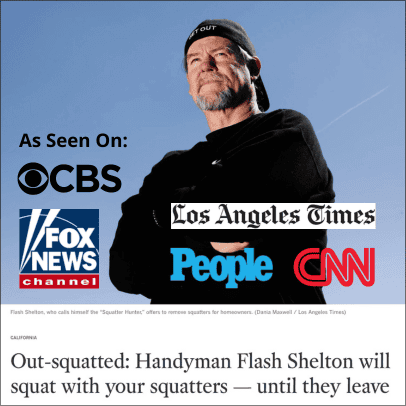
Is Smart Home Tech Making Apartment Living Easier or More Complicated?
Smart home tech is finally coming to apartments across the country. Single-family homes were the first adopters of smart thermostats, locks, lights, and even blinds. Now, multifamily building owners are starting to install these devices in their units. The smart apartment market is growing at a rapid pace, expected to increase by 50 percent annually to reach $13 billion by 2030.
There are many reasons why multifamily owners and operators are deciding to install smart devices in their buildings. These devices offer a better user experience for tenants and more efficiency for building staff.
Smart locks allow tenants to grant easy access to their units, facilitate authorized delivery of packages, and simplify the move-in/out process for management. Smart thermostats can keep dwellings more comfortable, help buildings save on utility costs, and meet sustainability targets.
Despite the allure of smart devices for apartments, they do have downsides. Smart door locks are vulnerable to hacking, especially if not installed and set up properly. Hackers have demonstrated how they can retrieve passwords from certain smart locks using around $300 worth of hardware.
While this hasn’t been a major concern for many users (since burglars can still break in using traditional methods), it does leave property managers liable if something happens due to the installed hardware. There is also the possibility of malfunctions that could lock tenants out of their apartments. Numerous posts online detail tenants experiencing this issue and having disputes with landlords over who bears the costs associated with regaining entry.
Smart thermostats have also stirred controversy. Many smart thermostats can automatically change settings to prevent power outages during grid strain. Electricity providers can control these thermostats if tenants participate in a demand response program, which may offer incentives but also grants the utility remote control.
Some thermostats even allow landlords to control the settings to reduce energy bills, particularly if the landlord pays for the utilities. This lack of control understandably frustrates some tenants, leading to complaints and political rants online about perceived infringements on tenant rights.
Inheriting smart technology can be problematic, especially if not installed or maintained properly. An article in The Verge titled “Living With the Ghost of a Smart Home’s Past” recounts an author’s experience helping his brother with tech problems in their new house.
Despite initial optimism about repurposing the tech, they faced numerous issues, including automated window shades on a mysterious schedule, a Nest Thermostat that turned on the heat at midnight, and non-functional buttons for lights and fans.
The author discovered that the smart home system was based on the now-defunct Insteon, which had shut down its servers in 2021. These problems can often be resolved if tenants reset or uninstall devices they add to a smart home system, but this isn’t always done due to the busy nature of moving.
As the author learned, smart home tech integration can vary significantly in quality and complexity. Devices from different manufacturers may not always work well together, creating a fragmented experience for users.
This lack of standardization can make troubleshooting difficult and time-consuming for both tenants and building managers. As technology advances rapidly, smart devices can quickly become outdated, necessitating frequent upgrades and maintenance.
Overall, the benefits of smart devices outweigh the downsides. Technology can help apartments stand out in a crowded market and make buildings easier and more cost-effective to manage. But, multifamily community owners and managers need to be cautious when installing smart devices.
It’s important to choose devices that are easy to use, integrate, and reset. The growth of smart home technology and the improving standards for device compatibility are promising. Eventually, it will be easy to plug in any smart device to a rental without worrying about tenant pushback or logistical problems.
For now, building managers must research which smart devices have the best track records in rental apartments to avoid issues with outdated technology. By doing so, they can ensure a smoother experience for both tenants and staff, ultimately enhancing the appeal and functionality of their properties.
Source: Propmodo















 Accessibility
Accessibility